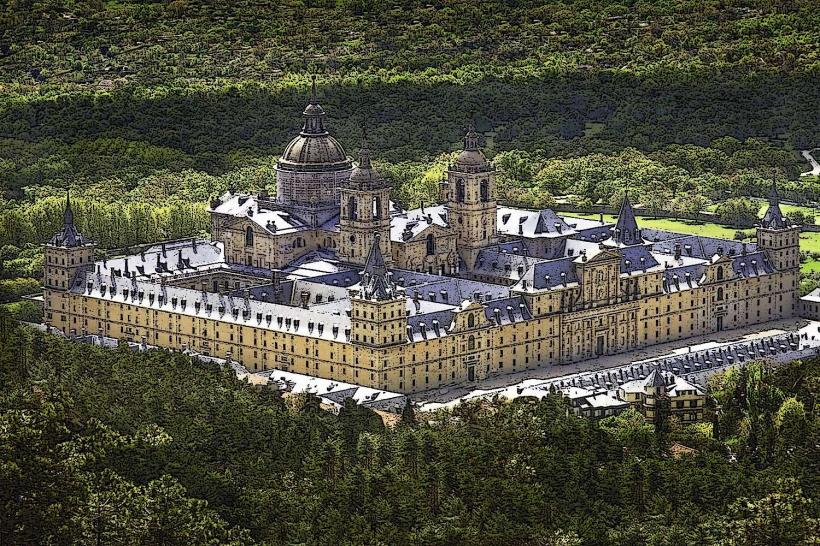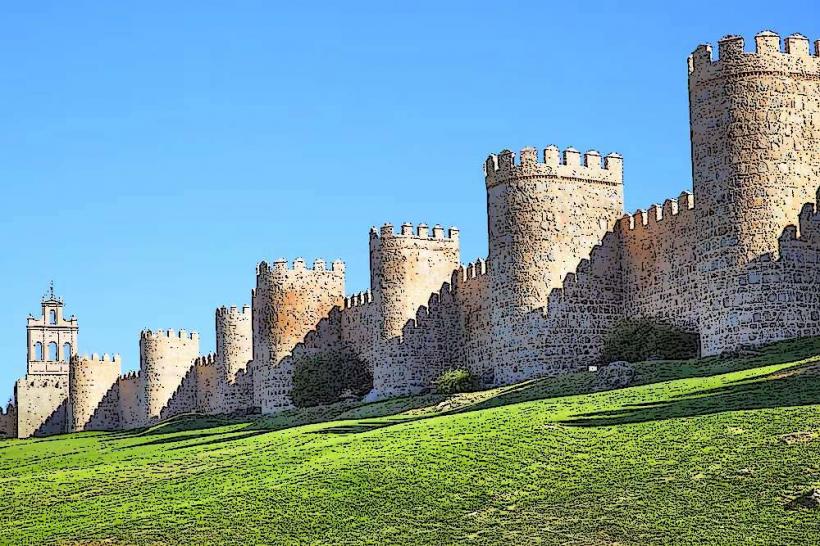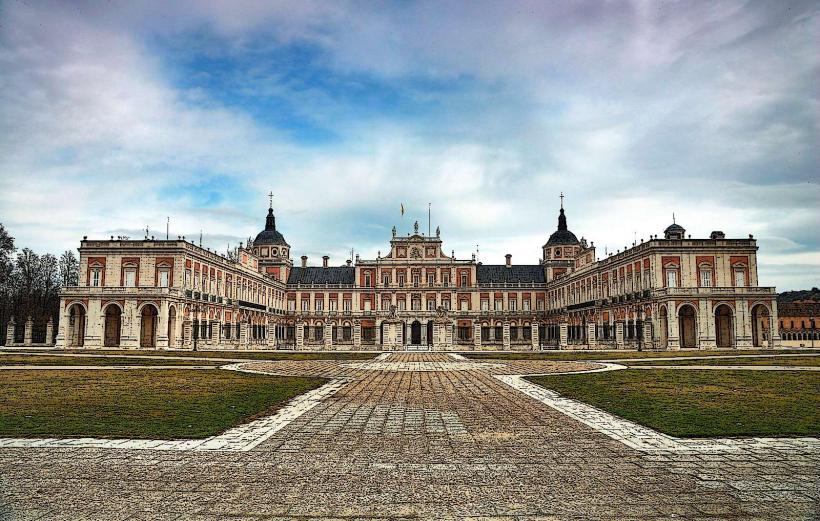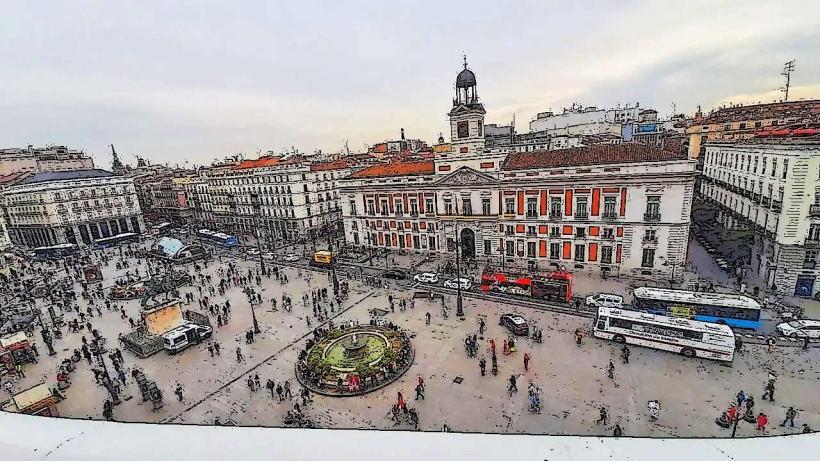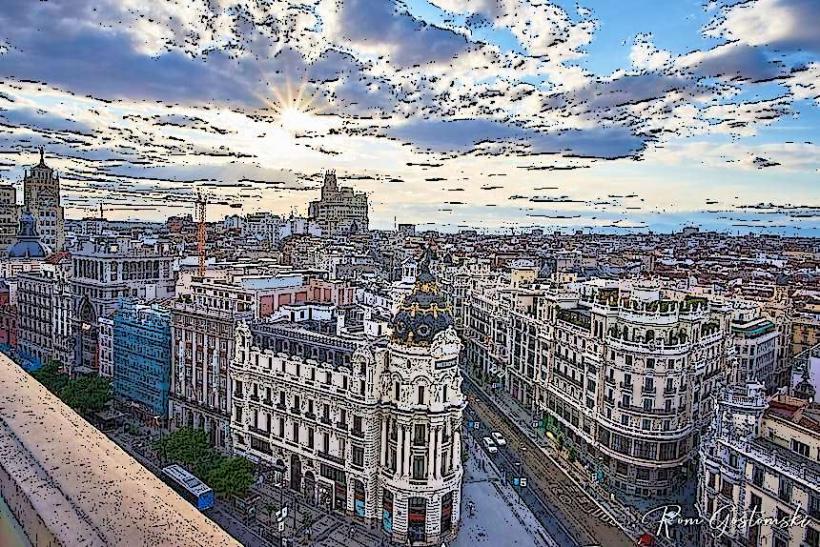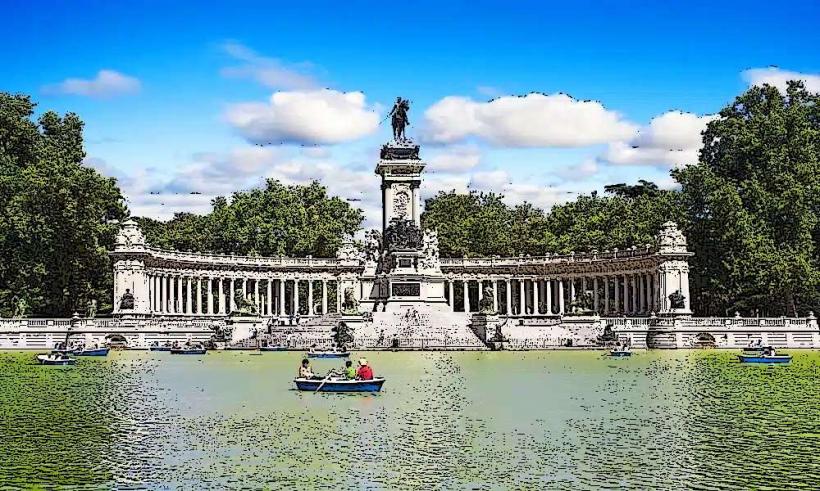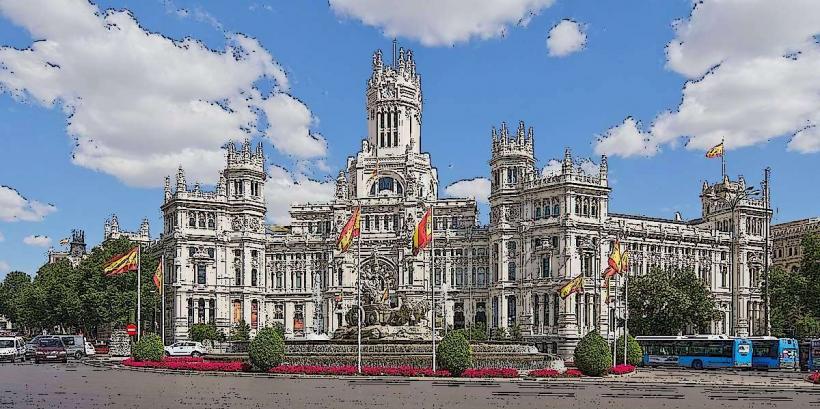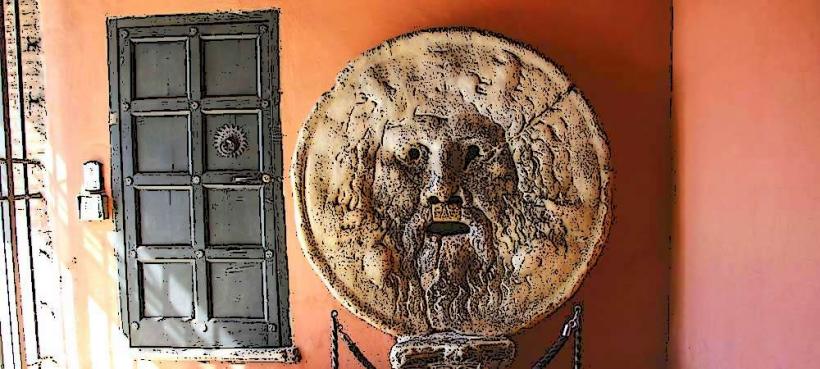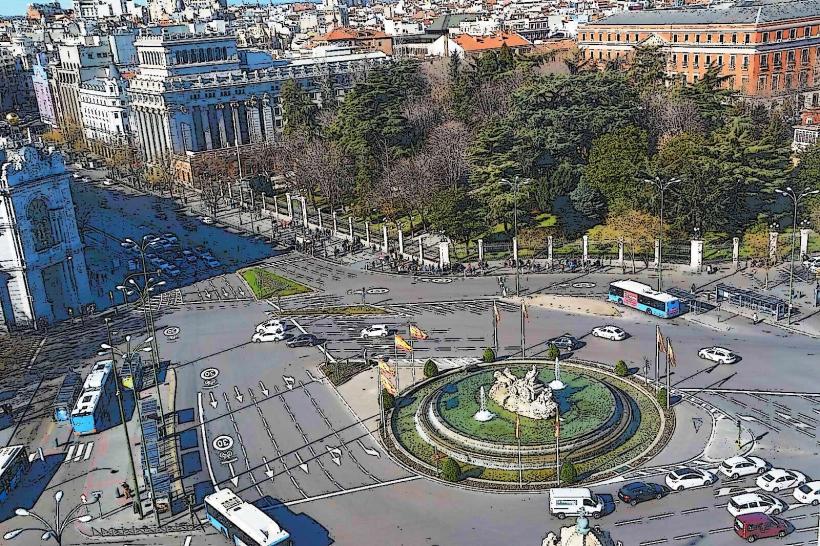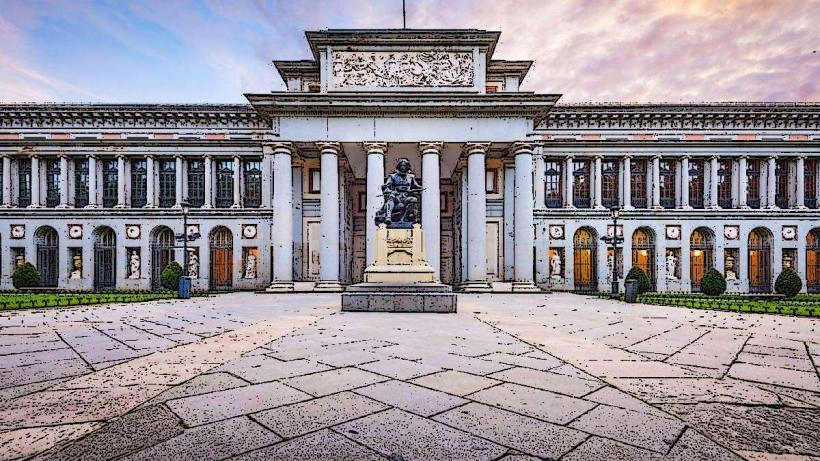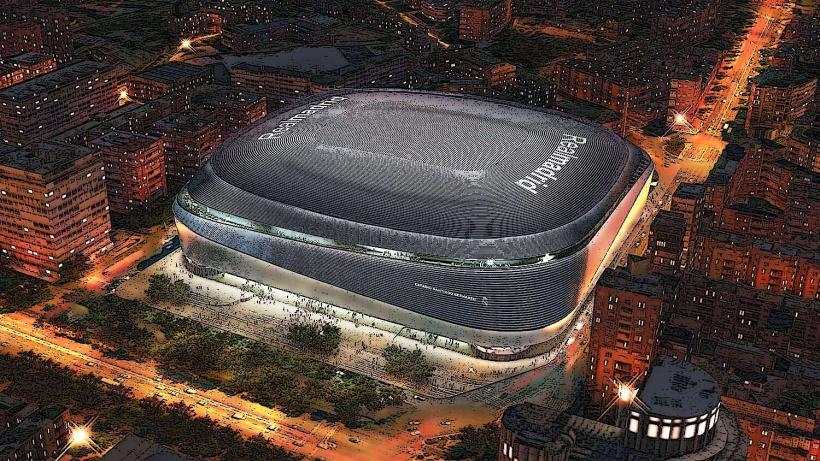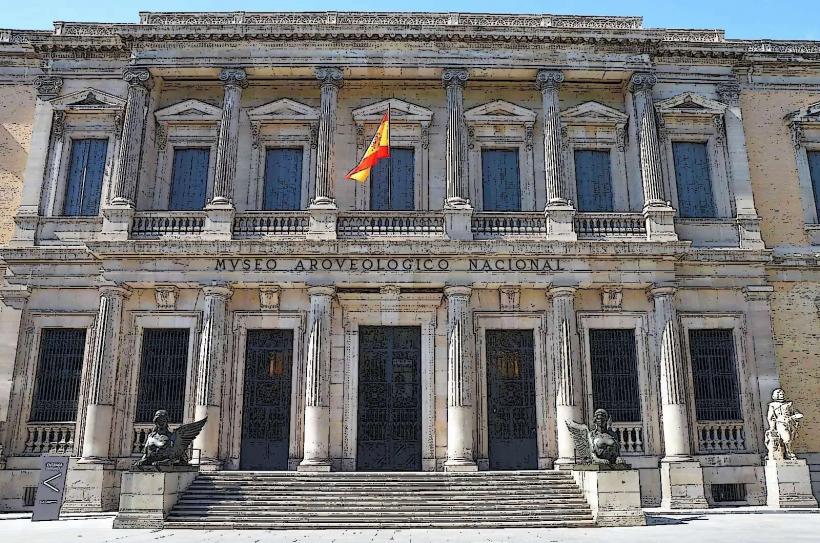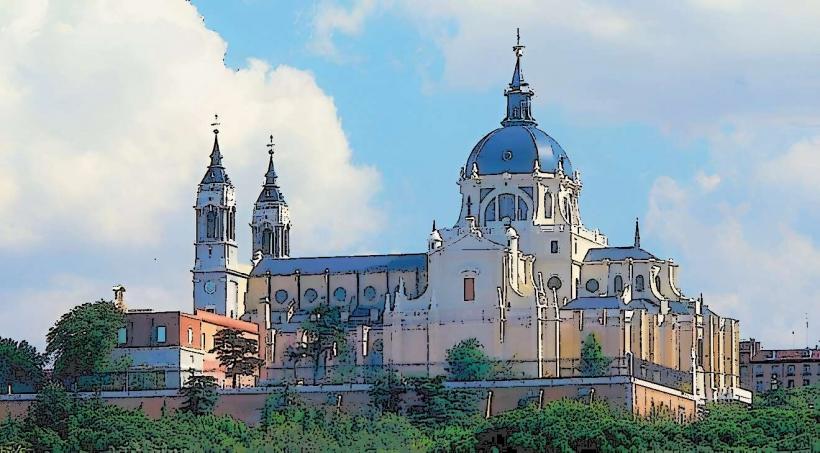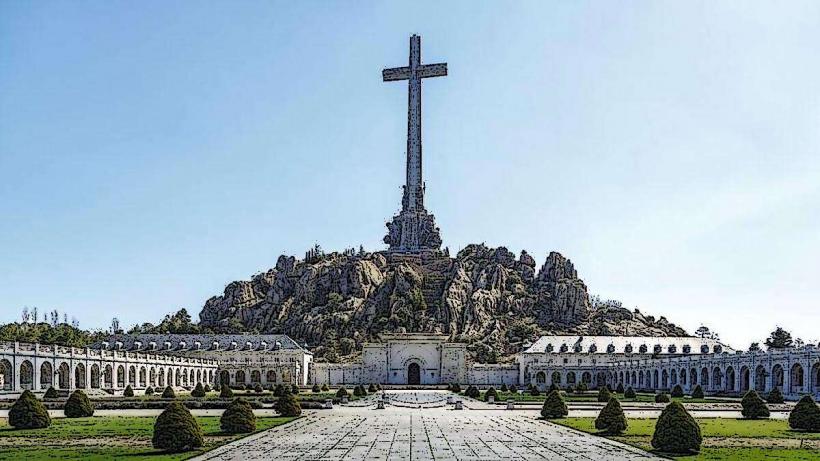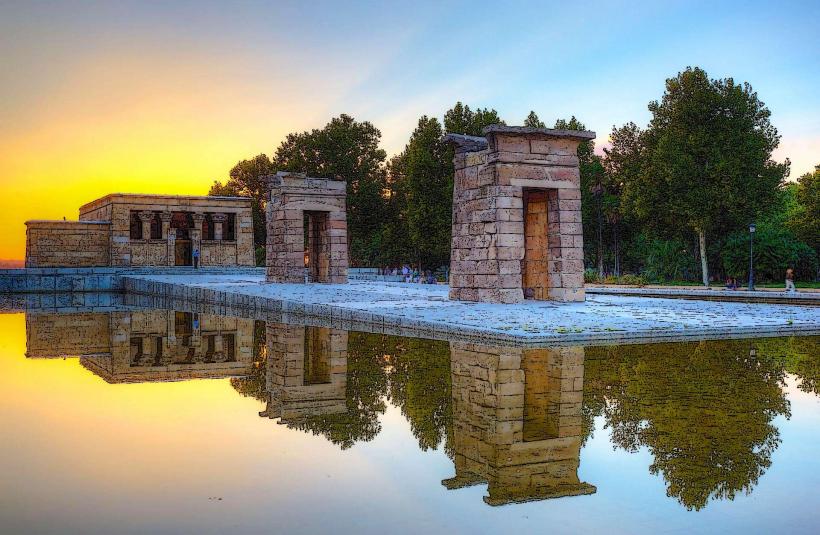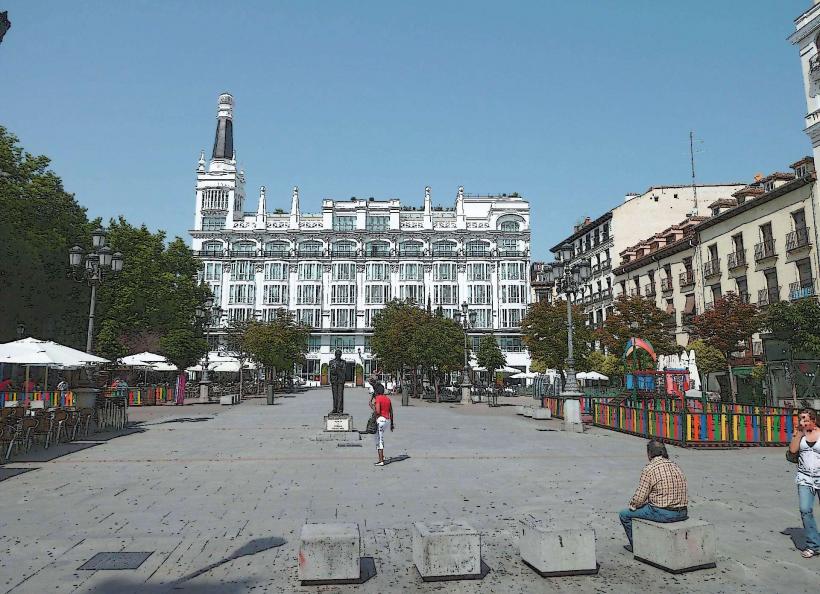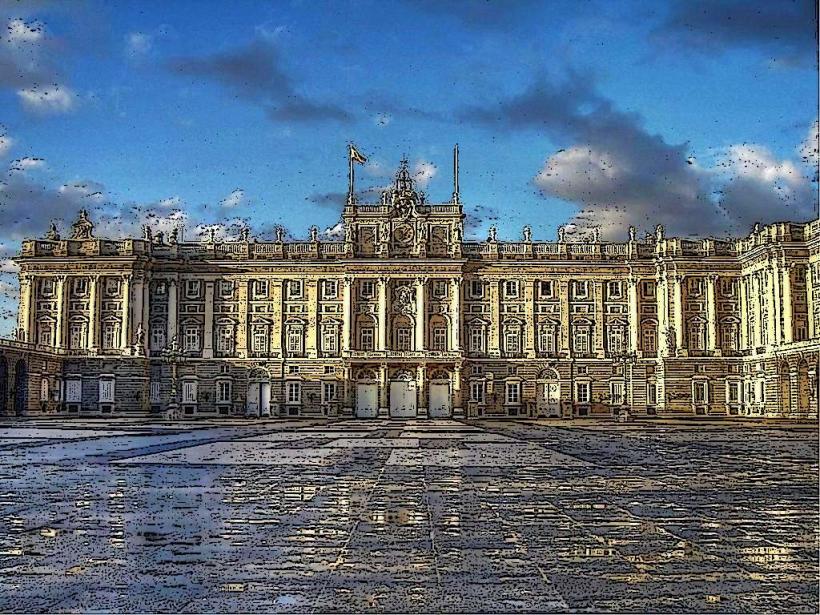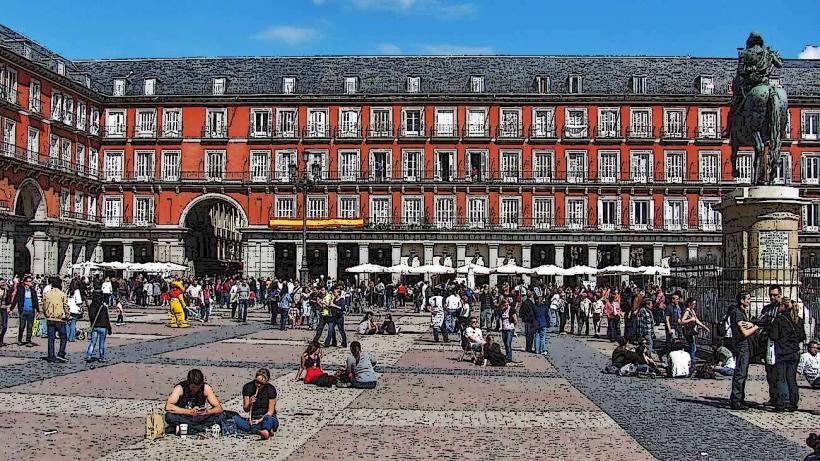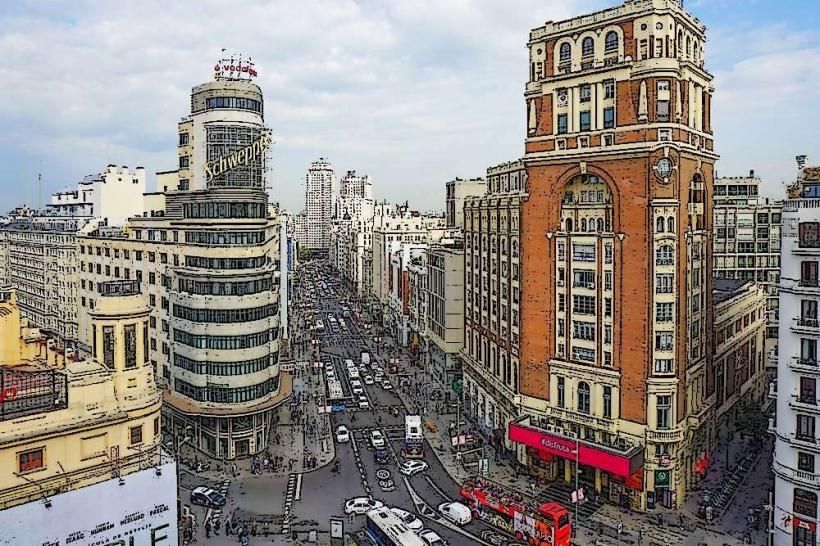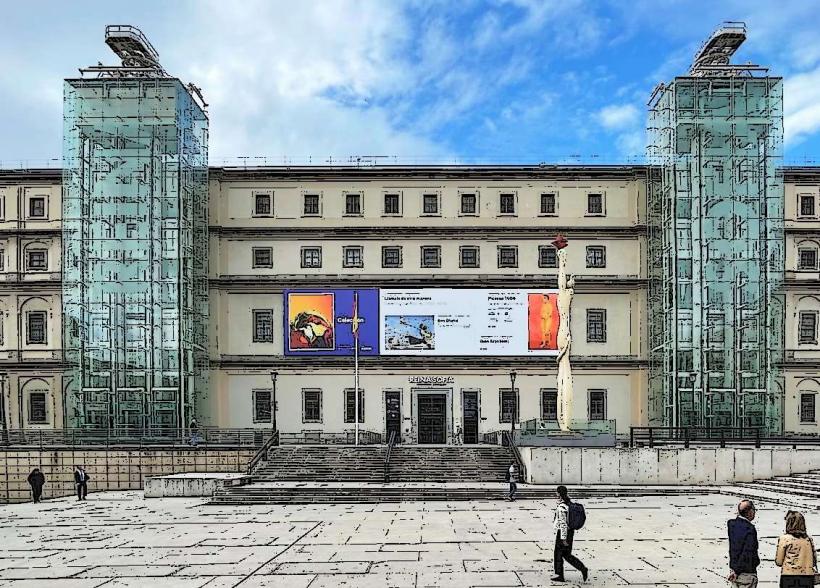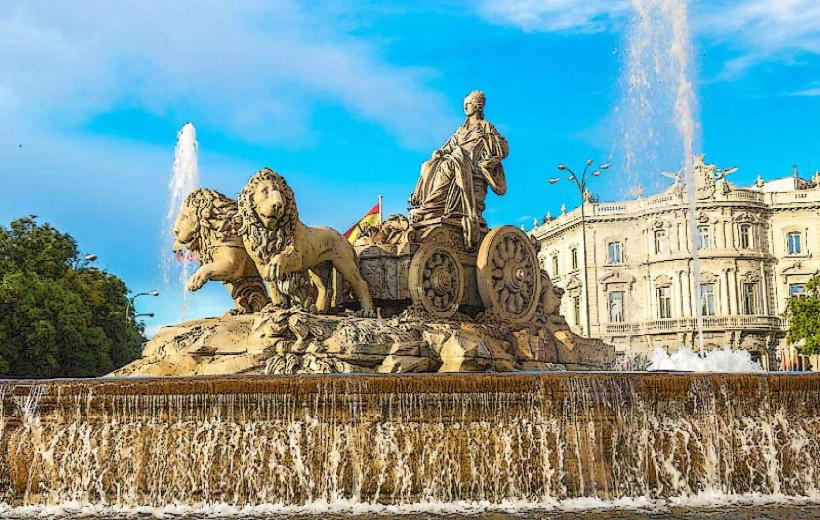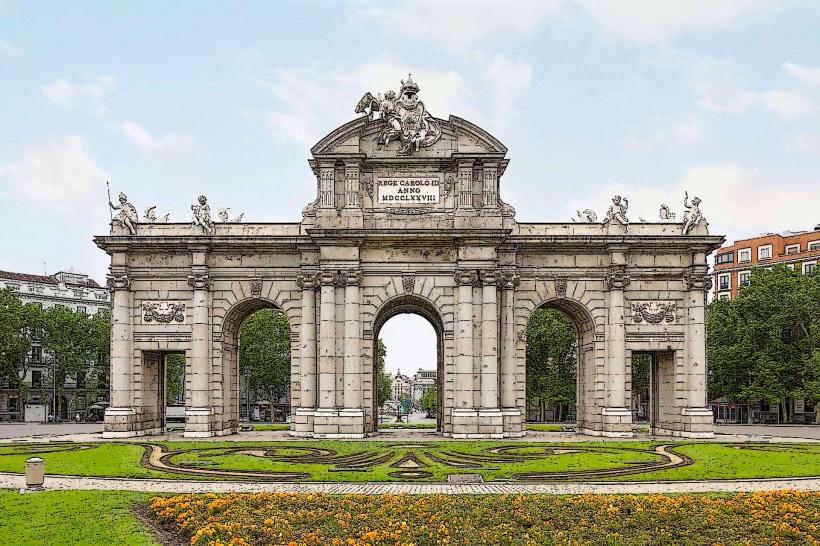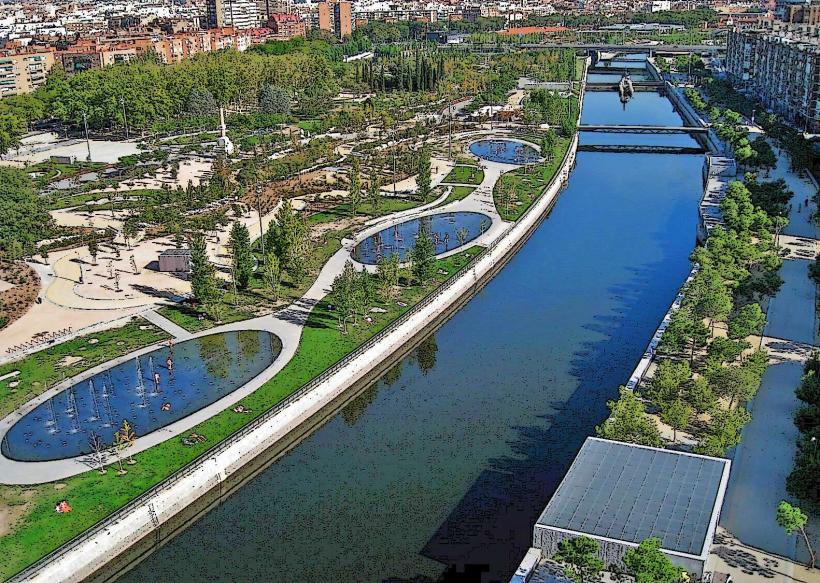Information
Landmark: Palacio de los Duques de AlbaCity: Madrid
Country: Spain
Continent: Europe
The Palacio de los Duques de Alba (Palace of the Dukes of Alba) in Madrid is a historic and architecturally significant building, renowned for its connection to the noble Alba family, one of Spain's most prestigious aristocratic lineages. Situated in the Plaza de la Villa de París, near the Madrid de los Austrias neighborhood, the palace is an outstanding example of Spanish aristocratic architecture, with a rich history that spans centuries.
Historical Background
The Palacio de los Duques de Alba was originally built in the 15th century, though it has undergone significant alterations and expansions over the centuries. The palace was commissioned by the powerful House of Alba, one of Spain's most influential noble families. The Alba family traces its origins to the Middle Ages, and its members have played key roles in the politics, culture, and military history of Spain.
The palace was originally constructed in Plaza de la Villa and was later moved to its current location, where it became an iconic building associated with the family's wealth and influence. Over the years, the palace has been home to various members of the Alba family, and it has been the site of many important events in Spain’s aristocratic history.
Architectural Features
The Palacio de los Duques de Alba combines elements of Renaissance, Baroque, and Neoclassical architectural styles. While the building retains its historical charm, it also reflects various modifications made over the centuries to adapt to changing tastes and needs. Some key architectural features include:
Façade
- The façade of the palace is grand and imposing, with a neoclassical style. The main entrance is framed by corinthian columns and features intricate sculptures that evoke the noble status of the family.
- The windows are symmetrical and adorned with elegant moldings, giving the building an air of refinement.
- The main entrance is topped with the Coat of Arms of the Dukes of Alba, which symbolizes the palace’s connection to the aristocracy.
Interior
The interior of the palace reflects the opulence and elegance that the Alba family was known for. The rooms are grand and filled with artworks that showcase the family’s extensive collection. Frescoes, paintings, and antique furniture fill the spaces, providing a glimpse into the lavish lifestyle of the dukes.
- The central courtyard is one of the most striking features of the palace, often described as one of the most beautiful in Madrid. It is surrounded by columns and features flower beds and fountains.
- The salons and ballrooms are elaborately decorated with ornate ceilings and wall coverings, some featuring gold leaf and frescoed panels.
Garden and Surroundings
The palace has been known for its beautiful gardens, which were originally designed in the 18th century. These gardens are filled with manicured lawns, fountains, and sculptures, providing a tranquil space for relaxation. The design of the gardens reflects the Baroque style, with their intricate symmetry and decorative elements.
Connection to the Dukes of Alba
The palace has been home to the Dukes of Alba for centuries. The family has a remarkable lineage, and many of Spain's most influential figures have lived here. Members of the Alba family have had a significant presence in Spanish history, including serving as military leaders, politicians, and patrons of the arts.
One of the most famous figures in the history of the house is Manuela de Alba, who was instrumental in the Spanish Habsburg court. The House of Alba has also been linked to numerous historical events and royal marriages throughout Spain’s past, making the palace a symbol of the country’s noble heritage.
Art and Collections
The Palacio de los Duques de Alba houses a rich collection of art and historical objects. The family has long been a patron of the arts, and the palace’s interior reflects this. The collection includes:
- Baroque paintings and portraits of the Alba family members, many of them painted by famous artists such as Goya and Velázquez. These works depict the dukes in ceremonial attire, capturing their grandeur and importance in society.
- Sculptures, tapestries, and furniture from various periods of the palace’s history, showcasing the changing tastes and styles throughout the centuries.
- The Goya Room is one of the most notable spaces in the palace, as the famous Spanish artist Francisco de Goya painted several portraits of the family. These portraits depict members of the Alba family in various postures and settings, providing a snapshot of their lives during the 18th century.
Notable Events
Over the centuries, the Palacio de los Duques de Alba has hosted numerous significant events, including weddings, ceremonies, and political gatherings. Members of the Alba family have played an important role in both Spanish and European politics, and the palace has served as a backdrop to many key moments in the nation’s history.
The palace was also used for social gatherings and cultural events, where artists, intellectuals, and nobility would meet. In the 19th and 20th centuries, it became an important center for the cultural elite of Spain, further cementing its status as a symbol of nobility and prestige.
Current Use
Today, the Palacio de los Duques de Alba remains a private residence of the Alba family, though parts of the palace have been opened to the public for tours. Visitors can explore various rooms of the palace, such as the Goya Room and the grand salons, and enjoy the beautiful gardens and courtyards.
In addition to its function as a residence, the palace is occasionally used for hosting art exhibitions, private events, and cultural activities, reflecting its continued importance as a cultural hub in Madrid.
Nearby Attractions
- The Palacio Real (Royal Palace) is nearby and can be visited in conjunction with the Palacio de los Duques de Alba. The royal palace is one of Madrid’s most famous landmarks and offers insight into the monarchy’s history and traditions.
- The Plaza Mayor and Puerta del Sol are also nearby, both of which are key squares in Madrid, rich in history and culture.
Conclusion
The Palacio de los Duques de Alba stands as a remarkable symbol of Spanish aristocracy and history. With its stunning architecture, rich art collection, and deep connection to one of Spain’s most influential noble families, the palace provides visitors with a fascinating glimpse into the past. Whether you’re interested in history, art, or architecture, the Palacio de los Duques de Alba offers a captivating experience that connects Madrid’s past with its present.

